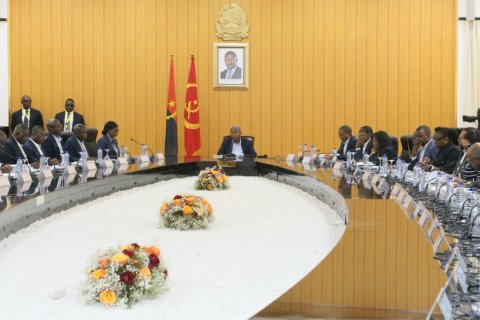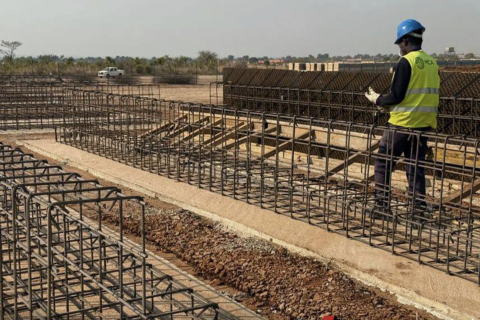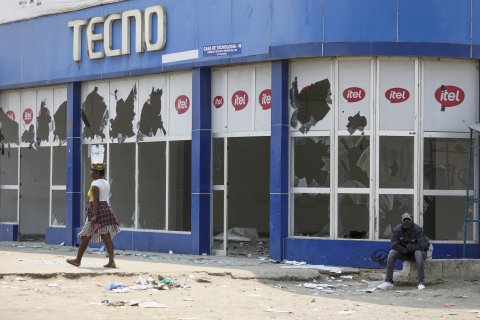Inflation in Angola increased again in April, for the 12th consecutive month, registering a year-on-year variation of 28.02 percent, a maximum of almost seven years, according to the National Statistics Institute (INE).
"This inflation that we are seeing in one year, in other countries it is accumulated in 15 or 20 years, is a challenging situation and that clearly reduces the economy's ability to organize itself", Wilson Chimoco told Lusa this Wednesday, highlighting that , in Luanda alone, prices shot up 39 percent.
Asked about the decisions expected by the Monetary Policy Committee (CPM) of the National Bank of Angola (BNA), which meets on Thursday and Friday, the economist understood that the entity must give a "clear signal" to the market about its availability of continue to combat inflation.
Chimoco recalled that the BNA's central objective is price stability, but noted that currently stability is non-existent, because prices are "out of control and increasing at frightening levels".
"The BNA cannot sit back and let things go, it has to take a position, it has been taking that position. Since November 2023, the CPM has once again worsened the level of restrictiveness of monetary policy. We understand that this signal to the market It has to be maintained," he said.
The restriction of monetary policy, he argued, should ensure that economic operators are increasingly aware that the central bank, manager of monetary policy, has a restrictive stance and that the cost of money in the economy is high.
For Chimoco, everyone needs to be "in sync in this process of slowing down the inflation rate."
He also argued that, today, a more restrictive monetary policy in the economy, "fundamentally through the worsening of mandatory reserve coefficients in national currency, is a determining factor for the increase in credit".
At its last meeting, the CPM changed the main interest rates, setting the liquidity provision facility rate at 19.5 percent, the liquidity absorption facility rate at 17.5 percent and the guide rate ( known as the BNA rate) at 18.5 percent.
Commenting on the recent INE data, the economist signaled that current inflation reduces the consumption capacity of families and companies to make expenses and warned of monopolies in the national economy.
Chimoco understands that the inflation scenario in Angola is justified by "very structural" situations, namely the demographic increase, with annual population growth that varies between 3 and 3.5 percent and that "significantly puts pressure on the supply of products in the economy.”
"And these [people] need health, food, housing, water, energy and other services that the economy is not responding to, because we are not able to produce enough internally to meet the needs of the populations", he pointed out.
He also highlighted the reduction in imports into the country, due to challenges in the supply of foreign exchange, as another obstacle, insisting that these factors put pressure on prices.
The economist believes that this situation will continue, especially with the introduction of the New Customs Tariff version 2024 and the increase in the price of diesel.
The expert warned of what he considered an "increased level of concentration" in the Angolan economy, such as monopolies, particularly in the pharmaceutical and food sectors, such as bakery, noting that these increase the acceleration of prices.
As long as the economy "does not organize itself in such a way as to reduce these levels of concentration, we will then see one, two, three or four operators who have the availability or capacity to set prices according to their interests", he noted.







